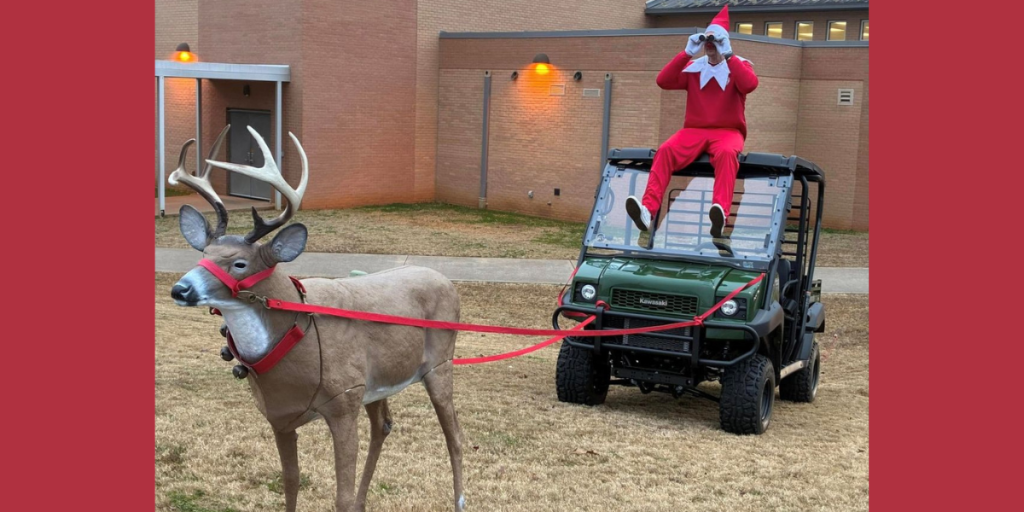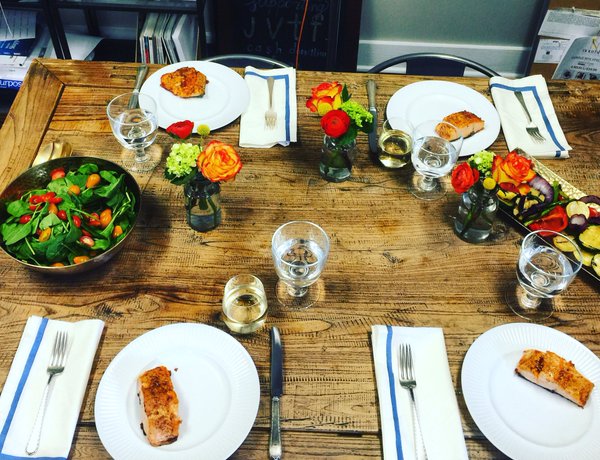
By Alec Harvey
When Sid Evans left Garden & Gun magazine to take over the reins at Southern Living, the notes poured in from his friends and peers.
“I got a lot of congratulatory letters when I became editor, but I also got a lot of warnings from people, saying, ‘Don’t screw it up.’”
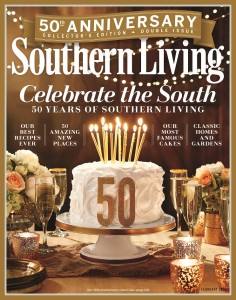
That was 2014, and nearly two years later, he’s leading the 50th anniversary celebration of the venerable Southern lifestyle publication. Events in Birmingham, Charleston and Nashville, along with a commemorative book and special edition of the magazine, will help celebrate a half-century of Southern Living covering the best in Southern home, garden, food and travel.
“We’ve always been the South’s biggest cheerleader,” Evans says. “We’ve always recognized the most exciting things happening in the South. We’re cheering on the new chefs; we’re cheering on the designers and the food.”
That’s not much different from the issues in 1966, when the magazine started as an insert in The Progressive Farmer magazine and then became a standalone.
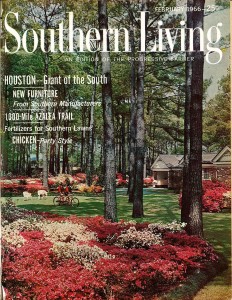
The first issue, in February 1966, featured Houston, the Azalea Trail, dress patterns, growing roses and pruning crepe myrtles, and five “Prized Recipes” from women around the South. Early covers touted stories on “Best Southern Lawn Grasses,” “Following the Foliage Trail in the Great Smokies” and “A Southern Thanksgiving Dinner.”
About a decade into Southern Living’s history, John Floyd, a horticulture teacher at Jefferson State Community College with years of freelance writing under his belt, came on board to lead the magazine’s gardening department.
“I didn’t have any desire to do it, because I really, really love to teach,” Floyd recalls. “The thing that won me over was the editor at that time, Gary McCalla, said, ‘You won’t be teaching a few students every semester; you’ll be teaching a million people every month.’”
After jobs that included Progressive Farmer and the magazine Southern Living Classics (which merged with an Atlanta magazine called Southern Accents, which Southern Progress bought), Floyd succeeded McCalla as editor of Southern Living in 1990.
By then, Southern Progress, the publisher of multiple southern titles, and its magazines had been purchased by Time Inc. for nearly a half-billion dollars. But despite branching out – including adding a Healthy Living section, going online with myrecipes.com and licensing products and home designs – the magazine has succeeded by sticking to its basics, Floyd says.
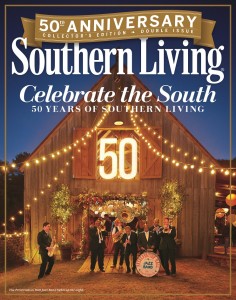
“I think the key is absolutely staying connected to the readers,” he says. “We spent as much money while I was editor to see what the readers wanted than anything else. … I always said we want to put the reader first and everything else second. When you do that, it really changes the dynamic.”
Evans agrees, and says despite the many changes the magazine and its company have gone through in the past 50 years, “the pillars of the brand – home, travel, food and garden – are still very much in place.”
“It’s a guide to living in the South, and it celebrates the best of the South,” Evans says. “That’s something that we do in everything we do, whether it’s the books that we publish, the digital content, the videos produced. There’s that constant in terms of the type of content that we’re producing and what we’re about.”
Being located in Birmingham has given Southern Living “great advantages,” Evans says.
“First of all, it’s centrally located, so we can get almost anywhere in the South in a day’s drive,” he says. “Secondly, it has all the cultural elements that define the brand, with great food, world class chefs, beautiful homes and lush gardens. But the biggest advantage is the people. There’s so much talent here, so much creativity, and there’s also an undeniable work ethic. I think that comes through in everything we do.”
And Evans thinks Southern Living will be celebrating its 100th anniversary 50 years from now.
“I don’t see Southern culture changing dramatically over the next 50 years,” he says. “There will be a lot of differences in terms of what our cities look like and what our small towns look like, but I think our core values will be very much the same. I think we’re still going to love Southern food, and I think that Southern food will still have an identity; and Southern homes will have an identity; and there will be certain plants that will only grow in the South; and as long as that’s true, there will always be a Southern Living.”
Southern Living has events planned in Birmingham on Jan. 25; in Charleston June 9-12; and in Nashville Sept. 2-5; a book, “Southern Living 50 Years: A Celebration of People, Places, and Culture,” is available now; and a special 50th Anniversary Collector’s Edition of the magazine is on newsstands.




